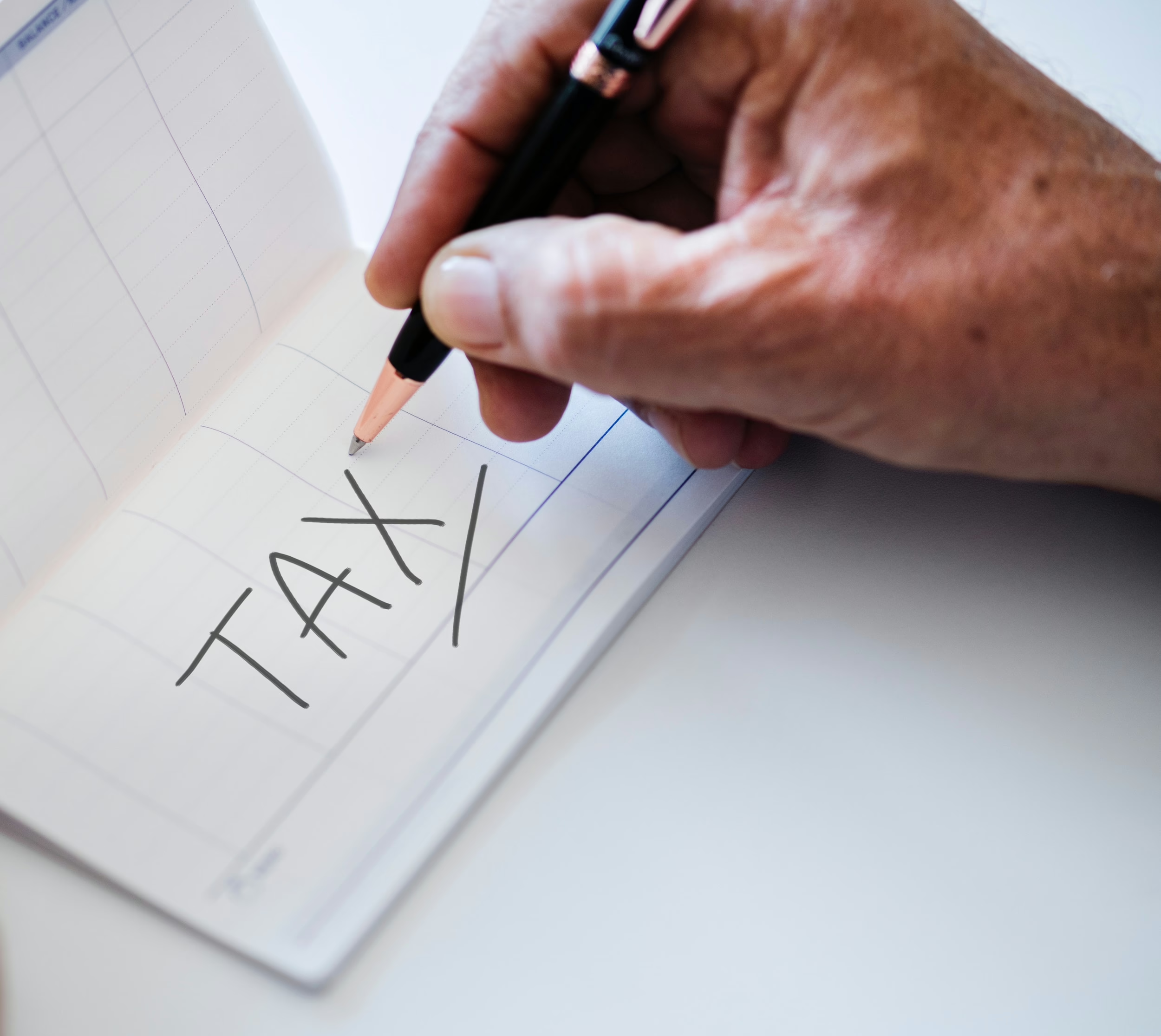Here are some strategies to help you minimize tax as 2020 winds down.
1) Charitable Donations
Donating to a charity during these difficult times not only directs your funds where you think they are most needed, but it also has additional benefit of tax savings.
Amounts over $200 to a registered charity qualify you for a higher tax credit federally and provincially.
Example:
In BC for someone earning $55,000 per year: (our “middle” tax bracket)
$200 given to charity saves 20% tax: $40
$1000 given to charity saves 40.7% tax: $407
The benefit of giving over $200 is very significant both for the charity and your tax savings!
Put another way: giving the charity $1000 only costs you $593. That is a good return on your money.
2) TFSA: ensure it is maxed out
2020 limit was $6,000. 2021 limit will be $6,000.
Have you used up all of your allowable contribution room however?
Here is a great link to CRA resources on TFSA room
*you may have to go to MyAccount at CRA or phone them to find out your room. We cannot do this for you unfortunately.
*if your only TFSA is here with our team, we can tell you how much you have contributed.
The lifetime maximum contribution is $69,500.
If you haven’t maxed it out and have funds for longer term growth and income, you need to ensure this is done.
3) RESP
Contribute $2500 per year, per child to get the maximum 20% government grant annually of $500. This is a great return on monies dedicated to your education goals.
This needs to be done by year end each year.
RESP contributions grow tax free until taken out in the name of the beneficiary, and thus taxed at a lower rate.
Maximum lifetime grant is $7200: about 14.4 years of $2500/year contributions.
If you haven’t maxed out the $2500 in each previous year, you can contribute up to $5000 for that beneficiary to catch up in any given year. The grant is only available until the end of the year the child turns 17, however.
4) TAX loss Selling
Do you have NON-registered holdings?
In other words, investments outside of RRSP/TFSA/RRIF accounts.
If there is a loss on some of the investments inside the account, we may be able to sell them, crystallize the loss and use it to offset capital gains in previous years or carry the loss forward.
5) RRSP contributions
The last day for contributions for 2020 tax year is March 1st 2021.
Get the funds in early to maximize the tax-free growth in the RRSP.
You can contribute to your RRSP until December 31st of the year you turn 71.
Remember: it is a tax deferral strategy. We want to contribute when you are in a high tax bracket and take it out during retirement in a lower tax bracket.




